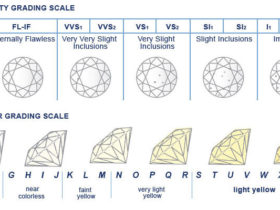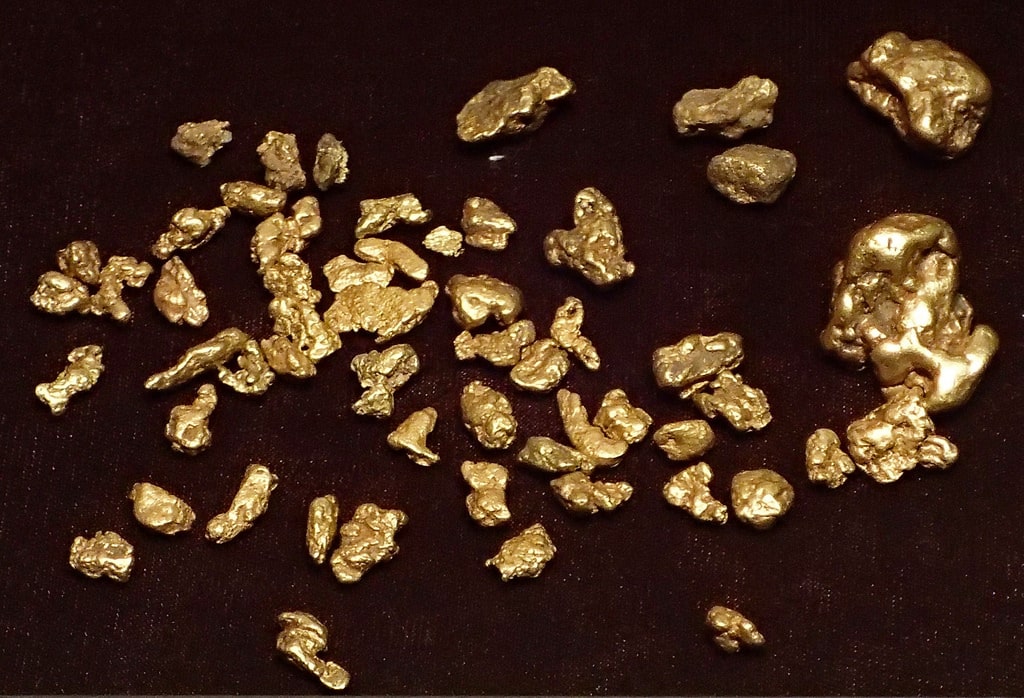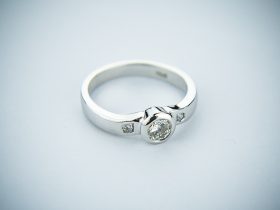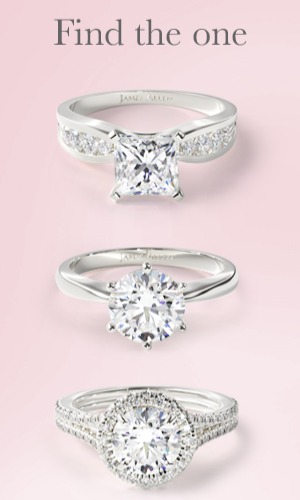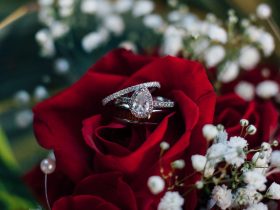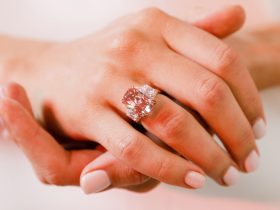Making a major jewelry purchase can be an intimidating process, and you want to ensure that you have all the information you need before buying. Keep yourself informed by doing plenty of research ahead of time, regardless of what type of jewelry you’re looking at.
Seek out information like current market prices for your item—for example, average prices for 14K gold necklaces, reviews on the company, and specific details on the product. Before you can reasonably make an expensive jewelry purchase, you need to have a solid understanding of basic jewelry terminology and how to identify gem size and gold pureness. To help you figure out the karat system, here’s a guide on how it is used in the world in jewelry.
Karat vs. Carat
Although the words karat and carat are pronounced the same, and both are used to discuss jewelry, they have very different meanings. Karats are used to describe how pure or fine gold is, meaning how much gold is present in a piece of jewelry compared to how much metal alloy is used. When the word carat is used, it is always to discuss the weight, and therefore size, of a gemstone. To jewelers, these two uses and spellings of the same word have important and distinct meanings, but people commonly use them interchangeably.
The word carat historically comes from an Arabic and originally Greek word meaning “bean pod” because when people began to trade diamonds on a large scale in the early 20th century, the carob bean seed was used to measure gem sizes. The carob seed itself weighs roughly 0.2 grams, leading people to determine that one carat equals 0.2 grams. If you own a 5-carat diamond, the weight of the gem itself is 1.0 grams.
Karat Sizes Explained
If you’re looking to invest in an expensive jewelry item like a wedding ring or flossy gold chain, you need to know what karat means. This system of ranking gold’s pureness is derived in fractions of 24, meaning that 24K gold is 100 percent pure. However, gold is an extremely soft and malleable metal, making it very difficult to create jewelry out of the purest source.
Instead, jewelers mix gold with other harder metals like silver, copper, or zinc. This metal alloy mixture still retains all the benefits of gold—aversion from tarnishing, beautiful luster—while also making the jewelry stronger and more durable. Without the addition of other metals, your 14K gold necklace would not retain its beauty for very long.
That being said, the most common types of gold jewelry are found in the 10K and 14K variety. When looking at 10K jewelry, understand that the piece is made up of 10 parts pure gold and 14 parts other metals. For 14K gold, the piece of jewelry is comprised of 14 parts gold and 10 parts metal alloy. Finally, 18K gold is 18 parts gold and 6 parts metal mixture.
The higher the karat, the purer the gold. With this in mind, you can make a more informed decision on the type of jewelry you want. Pieces that are 10K gold are beautiful and valuable, but they also have a greater percentage of other metals than that of gold. If you’re willing to dish out the extra bucks, investing in a 14K gold necklace may be a more worthwhile endeavor, as this option has more gold present than metal alloy and will retain its worth for years to come.
Carat Sizes Explained

Those shopping for gold chains or other gold jewelry should ultimately be thinking of karat size, but, if the piece you’re interested in also features gemstones, you should have an idea of what you’re looking for with the carat system as well. You also need to consider diamond size and quality before making your purchase.
Most iced out chains feature smaller diamonds because the purpose of this type of jewelry is to make your necklace appear as sparkly and blinged-out as possible, meaning the more diamonds on the chain, the more angles they can catch the light from. An iced out chain with 5-ct diamonds is standard and reasonable.
For other types of jewelry, such as a diamond ring, you probably want to opt for a larger gem, whether it’s a diamond or some semi-precious stone. When purchasing any type of jewelry that includes diamonds, be sure to research more about clarity and color, as these are two other major factors that will determine how expensive your piece is and its overall appearance.
Solid vs. Hollow Gold
Now that you have an understanding of how gold is rated within the karat system, you need to consider the difference between solid and hollow gold. You can find 14K gold necklaces of both varieties, but solid gold is more valuable than hollow. As you would assume, hollow gold means that the piece of jewelry is hollow inside. The gold pureness is still the same, but less gold has been used to make the item, rendering it less expensive. Solid gold is, of course, solid inside, which makes it more valuable in the long run and helps to retain its overall value.
Everything You Need to Know When Buying Jewelry
Investing in a well-made new piece of jewelry is an exciting experience, but you need to be careful that you know what you’re talking about before dishing out tons of money on a new piece. Understanding the karat system, and the difference between karat and carat, will help you make informed decisions on the purity of your jewelry. Spend some time researching and learn more about the value of any gemstones present, as well as the clarity and color of diamonds. You’ll be glad you did when you’re still wearing your favorite piece of years in the future.

